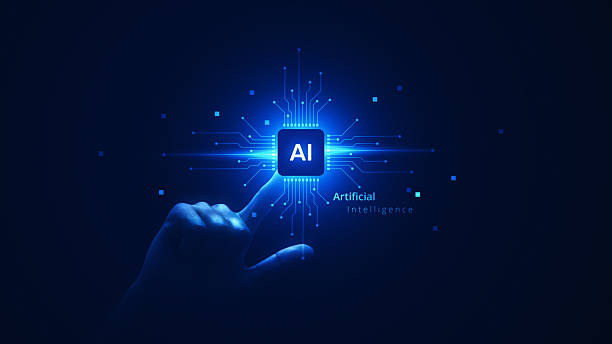What is On-Page SEO and Why is it Important?

On-Page SEO refers to the set of actions we take within our website to improve the site’s ranking in search engines like Google.
These actions include optimizing content, site structure, HTML tags, and other user experience-related factors.
The importance of SEO is that it helps search engines better understand your site’s content and display it to users looking for relevant information.
Without #On_Page_SEO, even the best content might not be seen.
Imagine you have a large library, but there is no indexing or order in it.
Finding the desired book would be very difficult.
On-Page SEO is like that indexing and organization that helps search engines easily find your content.
This leads to an increase in your site’s organic traffic, traffic that is obtained for free through user searches.
In summary, On-Page SEO plays a vital role in your site’s visibility in the online world and should not be overlooked.
Is your current e-commerce website design causing you to lose customers and sales?
Rasawb is your solution with modern and user-friendly e-commerce website designs!
✅ Significant increase in conversion rates and sales
✅ Strong branding and building customer trust
⚡ Get a free e-commerce website design consultation from Rasawb!
Keyword Research – The Foundation of On-Page SEO

Keyword research is the process of identifying phrases and words that users use in search engines to find the information they are looking for.
This is the first and most important step in On-Page SEO.
You need to know what phrases your audience uses to search so you can optimize your content based on them.
Various tools are available for keyword research, including Google Keyword Planner, Ahrefs, and SEMrush.
Using these tools, you can find keywords relevant to your business and check their search volume.
When choosing keywords, pay attention to two important points: First, the search volume of the keyword; the higher the search volume, the more traffic you can attract.
Second, keyword competition; the lower the competition, the higher your chance of ranking on the first page of search results.
Try to choose a combination of keywords with high search volume and low competition.
Remember that keyword research is an ongoing process.
Over time, the phrases users use may change.
Therefore, you should regularly review and update your keywords to ensure the effectiveness of your On-Page SEO.
Optimizing Titles (Title Tags) and Meta Descriptions
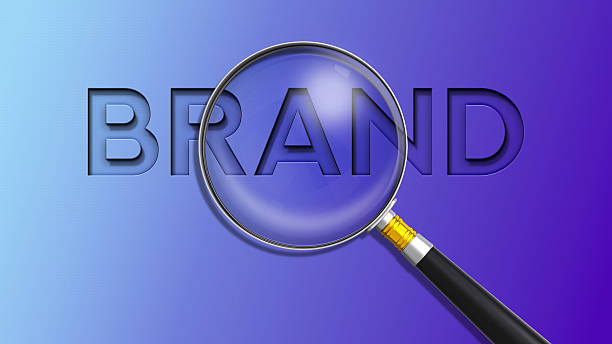
Titles (Title Tags) and Meta Descriptions are two important elements in On-Page SEO that are displayed in the Search Engine Results Page (SERP).
The title is the main title of your page that is displayed at the top of the browser and in the search results page.
Meta descriptions are a short summary of your page’s content that is displayed below the title in the search results page.
Optimizing these two elements is very important for attracting users and encouraging them to click on your link.
The title should be attractive, relevant to the page’s content, and include the main keyword.
The title length should be between 50 and 60 characters to be fully displayed in the search results page.
Meta descriptions should be an accurate and attractive summary of the page’s content and encourage users to click.
The meta description length should be between 150 and 160 characters.
Also use relevant keywords in meta descriptions, but avoid overusing keywords.
Optimizing titles and meta descriptions can help increase your Click-Through Rate (CTR) in the search results page, which in turn can improve your site’s ranking.
Strong On-Page SEO means having optimized titles and meta descriptions.
| Element | Description | Best Practice |
|---|---|---|
| Title (Title Tag) | The page title displayed in search results and at the top of the browser. | Contains the main keyword, engaging, and relevant to the content. Length: 50-60 characters |
| Meta Description | A summary of the page content displayed below the title in search results. | Engaging, accurate, and compelling to click. Length: 150-160 characters |
Content Optimization – Creating Valuable and Engaging Content
![]()
Content is king! This cliché still holds true in the world of On-Page SEO.
Search engines are looking for valuable, relevant, and engaging content for users.
If you want to rank on the first page of search results, you must produce content that meets user needs and keeps them satisfied.
Producing quality content is considered the core of On-Page SEO.
Your content should be unique, original, and free from plagiarism from other sites.
Try to produce content that answers user questions and provides comprehensive and complete information.
Use images, videos, and other multimedia elements to make your content more engaging.
Visual and video content has a significant impact on attracting audiences and improving user experience.
Optimize your content for target keywords, but avoid overusing keywords.
Instead of trying to produce content solely for search engines, focus on providing value to users.
If your content is useful to users, search engines will also like it.
On-Page SEO gains meaning with valuable content.
Frustrated with your e-commerce site’s low conversion rate? Rasawb transforms your e-commerce site into a powerful tool for attracting and converting customers!
✅ Significant increase in visitor-to-buyer conversion rate
✅ Unparalleled user experience to increase customer satisfaction and loyalty⚡ Get a free consultation from Rasawb!
URL Optimization – Proper and Readable Structure

URL structure is another important factor in On-Page SEO.
Your URL should be short, readable, and include the main keyword.
Avoid using unnecessary and complex characters in your URL.
Instead of using obscure numbers and letters, use meaningful words relevant to the page’s content.
An optimized URL helps search engines better understand the page’s topic.
Try to keep your URL as short as possible.
Long URLs are harder to read and share.
Also, avoid using uppercase letters in your URL.
The best practice is for your URL to be entirely in lowercase.
Using hyphens (-) instead of underscores (_) to separate words in the URL is recommended.
Hyphens help search engines correctly recognize words.
For example, instead of using a URL like `example.com/page?id=123`, use a better URL like `example.com/seo-internal-guide`.
This URL is shorter, more readable, and includes the main keyword.
On-Page SEO requires attention to detail, and a proper URL is one of these details.
Image Optimization – Increasing Site Speed and Improving User Experience
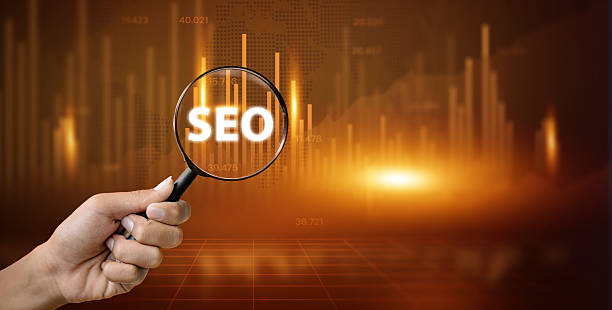
Images play an important role in the visual appeal and improving user experience of your site, but if not optimized correctly, they can slow down the site and negatively impact On-Page SEO.
Image optimization includes compressing image size, using the appropriate format, and adding Alt Text.
Compressing image size reduces page load time, which is very important for SEO and user experience.
You can use various online tools to compress image size without compromising quality.
JPEG, PNG, and WebP are among the common formats for images.
The WebP format has a smaller size and offers better quality compared to JPEG and PNG.
If users’ browsers support the WebP format, using this format is recommended.
Alt Text is a short description for the image that is displayed to the user if the image fails to load.
Additionally, alt text helps search engines understand the image content.
Alt text should be descriptive, relevant to the image content, and include the main keyword.
On-Page SEO is not limited to text; image optimization is also a part of it.
Internal Linking – Strengthening Site Structure and Guiding Users

Internal linking is the process of creating links between different pages of your website.
This helps search engines better understand your site’s structure and identify more important pages.
Additionally, internal linking helps users easily navigate your site and find the information they are looking for.
When internal linking, pay attention to the thematic relationship between pages.
Links should point to pages relevant to the current page’s topic.
Use descriptive anchor text relevant to the content of the destination page.
Avoid using generic phrases like “here” or “click here” in your anchor text.
The number of internal links on each page should be reasonable.
Avoid linking excessively to other pages, as this can confuse users and reduce page authority.
On-Page SEO gains more coherence with internal linking.
Internal linking is an important strategy for improving your site’s On-Page SEO and user experience.
Using this technique, you can help search engines better understand your site and help users easily navigate your site.
| Link Type | Description | Goal |
|---|---|---|
| Link to Category Pages | Link from product pages to the relevant category page. | Improve site structure and easy access to categories. |
| Link to Related Content | Link from one article to other topic-related articles. | Increase user dwell time on the site and provide more information. |
| Link to Main Pages | Link from internal pages to the site’s homepage. | Strengthen homepage authority and improve navigation. |
Site Speed – Better User Experience and Higher Ranking
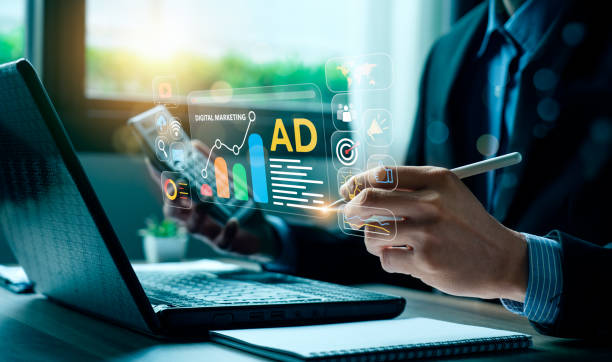
Site speed is one of the most important factors in On-Page SEO and user experience.
Users expect web pages to load quickly.
If your site is slow, users will quickly leave it and go to competitor sites.
Search engines also consider site speed as a ranking factor.
A faster-loading site achieves a better ranking in search results.
To increase your site’s speed, you can take various actions.
These actions include image compression, using an optimized Content Management System (CMS), enabling caching, using a Content Delivery Network (CDN), and optimizing code.
By optimizing your site’s speed, you can improve user experience, reduce bounce rate, and increase your site’s ranking in search engines.
Successful On-Page SEO goes hand in hand with high site speed.
Various tools are available for testing site speed, including Google PageSpeed Insights and GTmetrix.
Using these tools, you can check your site’s speed and identify existing problems.
Regularly check your site’s speed and take the necessary steps to improve it.
Are you losing business opportunities because of an outdated website? With Rasawb, permanently solve the problem of not attracting potential customers through your website!
✅ Attract more high-quality leads
✅ Increase brand credibility in the eyes of customers
⚡ Get a free corporate website design consultation
Responsive Design – Compatibility with Various Devices
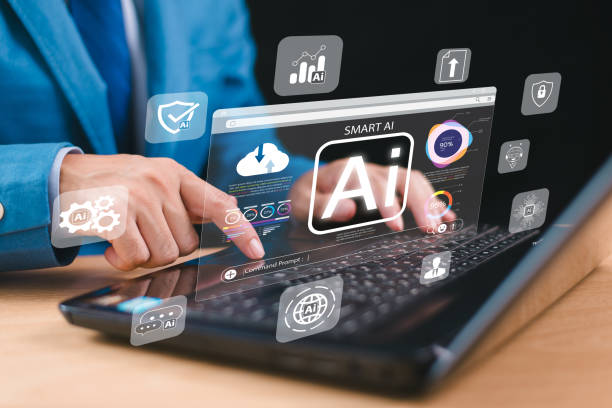
Responsive design means designing a website that automatically adapts to the screen size of various devices such as mobile phones, tablets, and desktop computers.
Given the increasing use of mobile phones for internet searches, having a responsive website is very important for On-Page SEO.
Search engines prefer responsive websites over non-responsive ones.
Google has officially announced that responsive design is a ranking factor.
If your website is not responsive, you might lose your ranking in search results.
Responsive design provides a better user experience for mobile users.
Mobile users can easily navigate your site and find the information they are looking for.
This increases user satisfaction and reduces the bounce rate.
If your website is not yet responsive, be sure to take action to change its design as soon as possible.
You can use ready-made responsive templates or seek help from a professional web designer.
Modern On-Page SEO has no meaning without responsive design.
Improving User Experience (UX) – Satisfying Users and Increasing Engagement
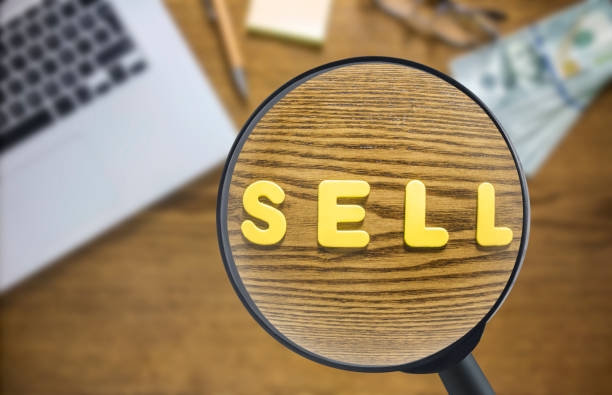
User Experience (UX) refers to the feelings and perceptions users have when using your website.
A good user experience makes users enjoy visiting your site, easily find the information they are looking for, and return to your site for repeat visits.
Improving user experience is a crucial aspect of On-Page SEO.
Various factors play a role in user experience, including visual site design, easy navigation, page load speed, content quality, and compatibility with different devices.
To improve your site’s user experience, you must pay attention to all these factors.
Get feedback from your users and use their opinions to improve your site.
On-Page SEO is not limited to technical optimization; it also includes satisfying users.
By improving your site’s user experience, you can reduce the bounce rate, increase user dwell time on the site, and improve the Conversion Rate.
These factors, in turn, increase your site’s ranking in search engines.
Improving UX is one of the best strategies for strong and sustainable On-Page SEO.
Frequently Asked Questions
| No. | Question | Answer |
|---|---|---|
| 1 | What is On-Page SEO? | On-Page SEO refers to the set of actions taken within a website (on its pages) to improve its ranking in search engine results. This includes optimizing content, site structure, and HTML codes. |
| 2 | Why is On-Page SEO important? | On-Page SEO helps search engines better understand the page content and determine whether that page is relevant and valuable for user searches. This better understanding leads to higher rankings. |
| 3 | What is the first and most important step in On-Page SEO? | Keyword Research is the most important initial step. By finding suitable keywords, targeted content relevant to user needs can be produced. |
| 4 | What is the role of the Title Tag in On-Page SEO? | The title tag is one of the most important ranking factors and should include the main keyword. This tag is displayed as the page title in search results and influences the Click-Through Rate (CTR). |
| 5 | What is the importance of Meta Description? | Meta description does not directly affect ranking, but by providing an attractive summary of the page’s content in search results, it can encourage users to click, thereby increasing the Click-Through Rate (CTR). |
| 6 | Why is the use of headings (H1, H2, etc.) important in content? | Headings help structure content and improve readability for users and search engine crawlers. Using keywords in headings also helps search engines better understand the topic. |
| 7 | What does Image Optimization in On-Page SEO include? | Includes compressing images to reduce size, using descriptive and relevant file names, and filling in the Alt tag (alternative text) with relevant keywords to help search engines understand the image content. |
| 8 | What is meant by Internal Linking in On-Page SEO? | Internal linking refers to creating links between different pages of a website. This helps distribute page authority (Link Equity), improve user experience, and assist search engine crawlers in discovering new pages. |
| 9 | Why is Page Speed important for On-Page SEO? | Page load speed is a direct ranking factor and significantly impacts user experience. Slow pages can increase the Bounce Rate and reduce user engagement. |
| 10 | What role does quality content play in On-Page SEO? | Quality, comprehensive, unique, and valuable content for the user is the core of On-Page SEO. This content not only attracts and retains users but also sends positive signals to search engines, helping achieve a better ranking. |
And other services of Rasawb Advertising Agency in the field of advertising
- Smart Digital Advertising: A new service for increasing digital branding through Google Ads management.
- Smart Link Building: Professional optimization for online growth using Google Ads management.
- Smart Digital Advertising: A new service for increasing customer attraction through attractive user interface design.
- Smart Advertising Campaign: Designed for businesses seeking customer attraction through intelligent data analysis.
- Smart Advertising Campaign: A combination of creativity and technology to increase website traffic through SEO-driven content strategy.
And over a hundred other services in the field of internet advertising, advertising consultation, and organizational solutions
Internet Advertising | Advertising Strategy | Advertorial
Sources
Complete Guide to On-Page SEO by Ahrefs
Comprehensive On-Page SEO Tutorial – SEO Sabz
What is On-Page SEO? – RankUp
On-Page SEO Techniques – WebRamz
? Are you ready for your business to grow in the digital world? Rasawb Afarin Digital Marketing Agency, by offering comprehensive and innovative services, smooths your path to success. From professional website design, which is the showcase of your business, to complex SEO strategies and advertising campaign management, we are with you every step of the way. With us, your brand will be seen at its peak.
📍 Tehran, Mirdamad Street, next to Bank Markazi, Southern Kazeroon Alley, Ramin Alley, No. 6


